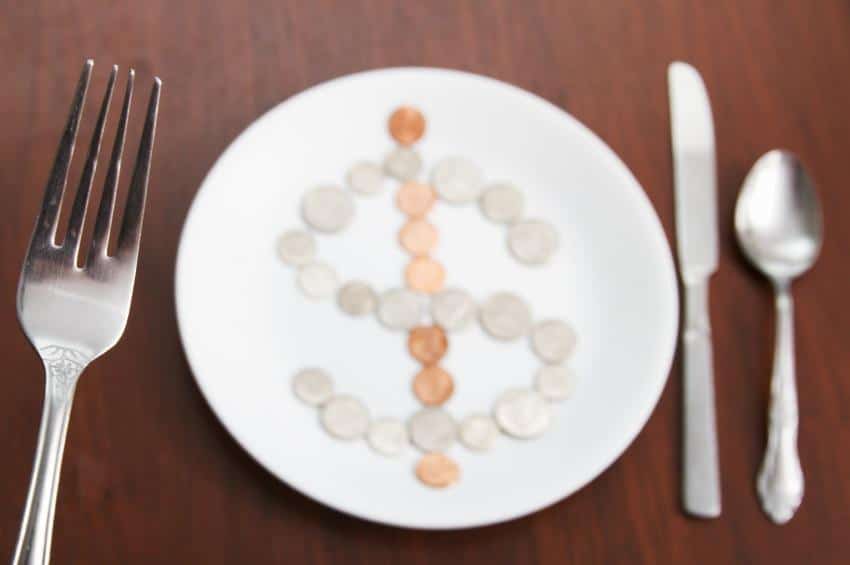 Plenty of inexpensive products are on the market labeled as potpourri, but most of them contain poor quality ingredients such as wood, shavings, artificial dyes and cheap fragrances.
Plenty of inexpensive products are on the market labeled as potpourri, but most of them contain poor quality ingredients such as wood, shavings, artificial dyes and cheap fragrances.
In general, if you can’t pronounce the name of an ingredient, it probably is not something that you want to have in your home. “Real” potpourri contains authentic herbs, spices and flowers, and pure essential oils. Properly made potpourri will maintain its fragrance for decades or longer when stored in closed containers.
Variety is the Fragrance of Life
As we close up houses for the colder months ahead, we look forward to having homey scents around us. Spicy warming scents are classic, welcoming, autumn fragrances. As we look forward to winter holidays, scents of evergreens and peppermint are popular. Potpourri is like a mini spa in a box! Blends can be invigorating: mint or rosemary for a work desk, roses and sandalwood for a bedroom, and citrus and spice for a kitchen.
Autumn is a Terrific Time to Make Potpourri
Some ingredients may be found in fields and woods. Dried bark, pine cones, nuts and acorns provide texture and visual interest to potpourri blends. Your potpourri will smell best after the fragrances soften and blend for several weeks. If you are making citrus-scented winter potpourri or evergreen blends, it is time to gather your ingredients.
Everything You Need To Know To Become A Self-Sufficient Homeowner
Most potpourri ingredients are available at herb, flower or craft shops. Many ingredients are found right in grocery stores. If you still have flowers in your garden, gather and dry them. Even non-fragrant flowers are valuable as they add color to your blends.
Try drying some apples or thinly sliced dried citrus to add color and fragrance to your blends. You may mix all of your ingredients together or for a more artistic design, layer ingredients when you are making your potpourri.
Fixatives: the Keys to Great-Smelling, Long-Lasting Potpourri
Fixatives reduce the evaporation of the plant scents, making scents blend better and last longer. Orris root is the root of a type of iris. It has a faint violet odor. Orris root has historically been popular for making potpourri, but some people are allergic to it. Alternatives include calamus root, oak moss and ground-up dried corn cobs. I sometimes use bark as well.
Potpourri Blending Tips
Most of the time, I make my oil and fixative blends about five days prior to mixing in the bulk herbs, spices and flowers. Initially, the fixative may smell a little sharp. It mellows quite a bit by the time the rest of the ingredients are added.
After you mix your fixative with the rest of your ingredients, keep your potpourri covered in a dark place for at least a couple of weeks before you use it. By then it is aged and mellow with a rich blend of fragrances. Potpourri techniques can be used to make mulling spice blends, herbal bath blends, scented home decor items and more.
Here is a simple method for making a balsam potpourri blend with sweet and spicy undertones.
Balsam Potpourri

Ingredients for Fixative
¼ cup dried orris or calamus root, chopped
1/8 ounce balsam fir essential oil
1 cup cinnamon pieces or sticks
¼ cup bruised whole cloves
½ cup bruised allspice
Combine the fixative ingredients. Place them in a jar with a tight lid. Shake daily for a minimum of five days. To bruise the spices, simply pound them gently with a hammer or other hard object. The goal is to release their fragrances, not to pulverize them.
Bulk Ingredients for Balsam Potpourri
1 cup dried flowers
1/2 cup dried rosehips
3 cups balsam tips
1 cup small pine cones, acorns, or pieces of bark
Combine the fixative blend with the bulk ingredients. Store the potpourri in a sealed jar for several weeks. After several weeks, use as desired. The fragrance will last a very long time. To freshen it, simply give it a stir.
Making Potpourri is Fun for All
Making potpourri is easy and fun. Use ingredients that you have on hand to vary the appearance and fragrance of your blends. You may color coordinate ingredients to blend in with a room-decorating scheme.
Potpourri making is an excellent family activity, suitable for most ages. It may be used as a science, math or history project for homeschoolers. Be sure to keep essential oils out of reach of children. Enjoy!
What are your potpourri-making tips? Share them in the section below:











